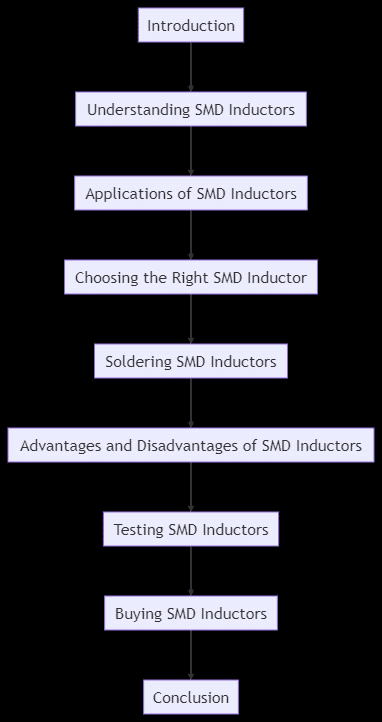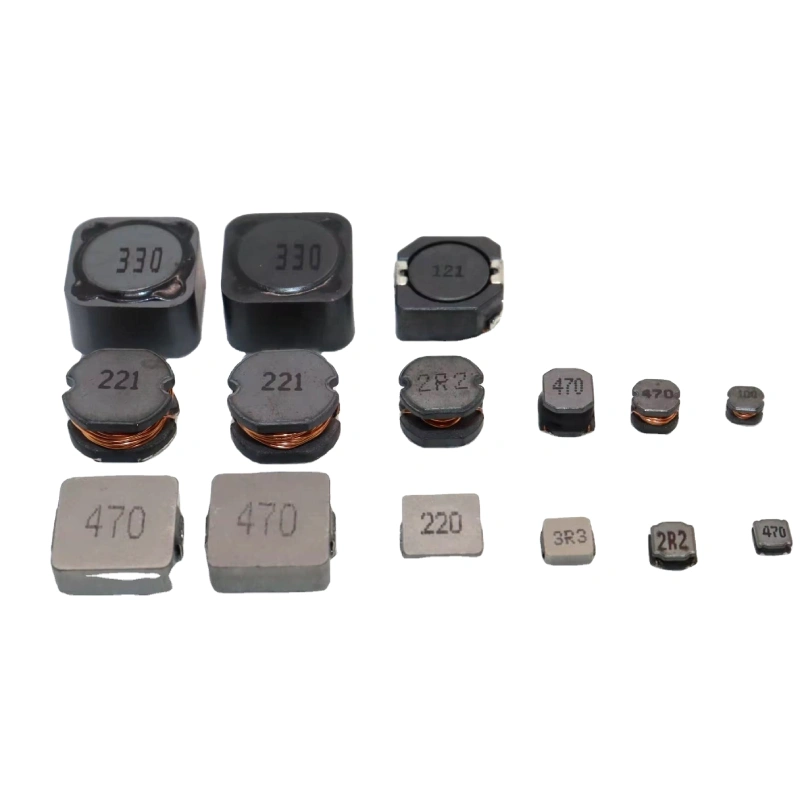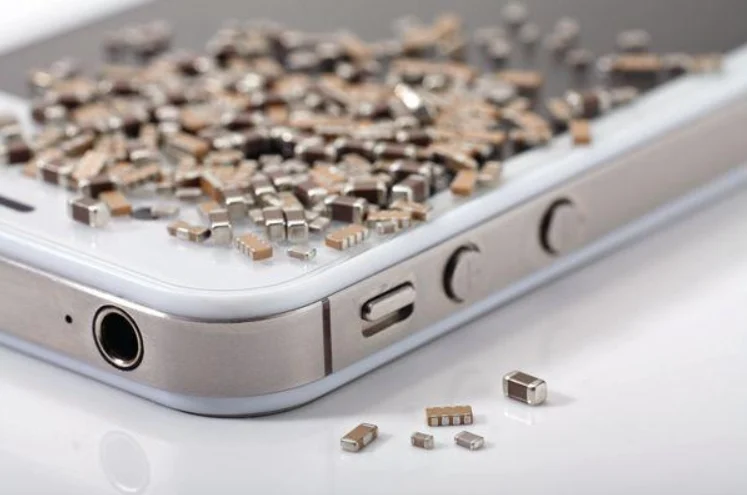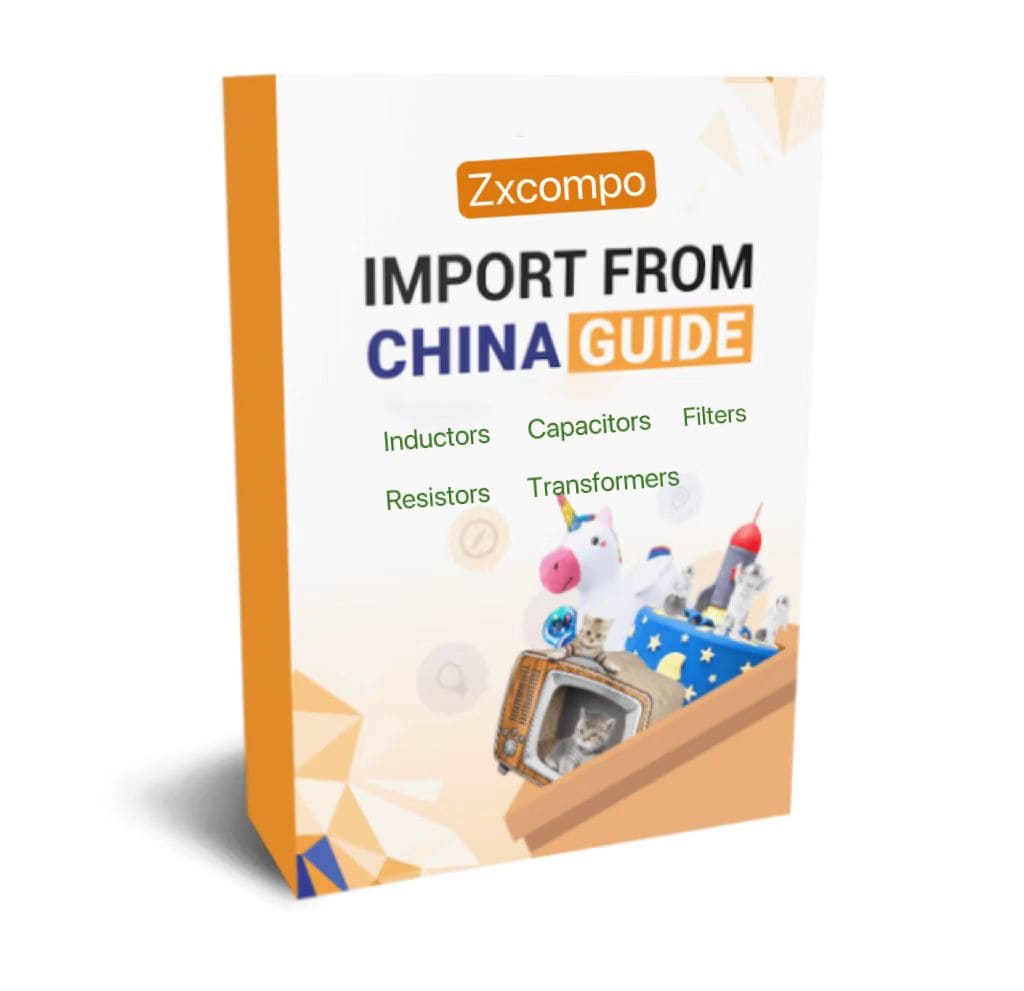I. Introduction
Surface Mount Device (SMD) Inductors are a critical component in many electronic devices. This guide aims to provide a comprehensive understanding of SMD Inductors, their applications, and how to choose the right one for your project.
II. Understanding SMD Inductors
A. What is an SMD Inductor?
An SMD Inductor is a type of inductor that is designed to be mounted on the surface of a circuit board. They are typically smaller than their through-hole counterparts and are used in high-frequency applications.
B. How does an SMD Inductor work?
SMD Inductors work by storing energy in a magnetic field when an electric current passes through it. They are used to block or filter high-frequency noise in electronic circuits.
(★ If you want to know more, please refer to this article: •Working Principle And Application Of SMD Inductor)
C. Different types of SMD Inductors
There are various types of SMD Inductors, including ceramic core, ferrite core, and metal core. Each type has its unique characteristics and applications.
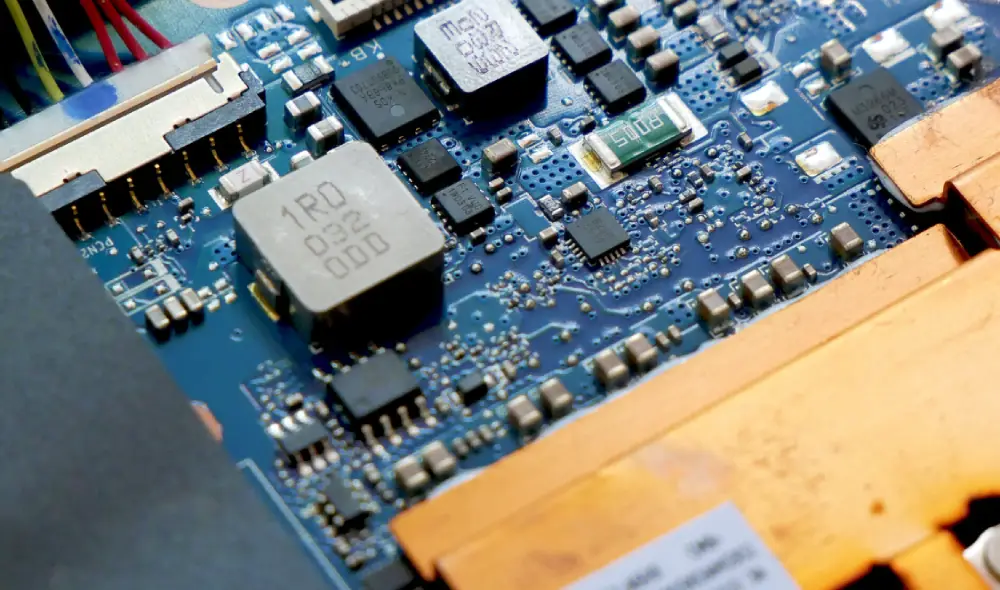
III. Applications of SMD Inductors
A. Common uses of SMD Inductors
SMD Inductors are commonly used in power supplies, RF circuits, and as part of the LC network in oscillators and signal generators.
B. Industries where SMD Inductors are commonly used
SMD Inductors are widely used in various industries, including telecommunications, automotive, and consumer electronics.
IV. Choosing the Right SMD Inductor
A. Factors to consider when selecting an SMD Inductor
When selecting an SMD Inductor, it’s important to consider factors such as inductance value, current rating, DC resistance, and size.
B. Understanding the specifications of SMD Inductors
Each SMD Inductor comes with a set of specifications that describe its electrical and physical characteristics. Understanding these specifications is crucial in choosing the right SMD Inductor for your project.
C. Tips on choosing the right SMD Inductor for your project
When choosing an SMD Inductor for your project, consider the operating frequency, the amount of current the inductor needs to handle, and the space available on your circuit board.
V. Soldering SMD Inductors
A. Tools needed for soldering SMD Inductors
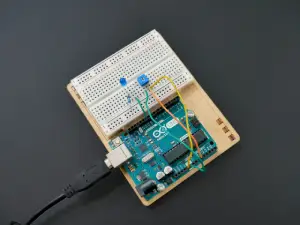
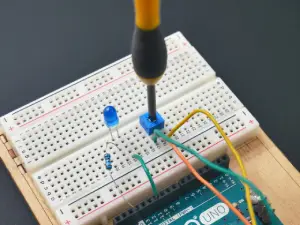
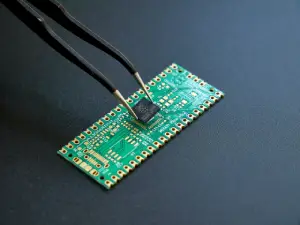
Inductors include a soldering iron, solder, flux, and tweezers.
B. Step-by-step guide on how to solder an SMD Inductor
Apply a small amount of solder to one of the pads on the circuit board.
Use tweezers to place the SMD Inductor on the pad.
Heat the solder on the pad until it flows around the end of the inductor.
Apply solder to the other end of the inductor to secure it to the other pad.
VI. Advantages and Disadvantages of SMD Inductors
A. Benefits of using SMD Inductors
Testing SMD Inductors is crucial to ensure they function as expected. This can help prevent potential issues in your electronic devices.
B. Methods for testing SMD Inductors
SMD Inductors can be tested using an LCR meter, which measures inductance (L), capacitance (C), and resistance (R).
VIII. Buying SMD Inductors
A. Where to buy SMD Inductors
SMD Inductors can be purchased from various online retailers, electronics stores, and direct from manufacturers.
By the way, ZXcompo is a Professional manufacturer of electronic components in the field of passive components, especially SMD inductors.
If you have product needs and inquiries. Please contact us now: sales@ZXcompo.com
A. Where to buy SMD Inductors
When purchasing SMD Inductors, consider the quality, price, and reputation of the manufacturer. It’s also important to buy from a reputable source to ensure you receive genuine products.
IX. Conclusion
Understanding SMD Inductors is crucial for anyone involved in electronics, whether you’re a hobbyist or a professional. By understanding what they are, how they work, and how to choose the right one for your project, you can ensure your electronic devices function as expected.
